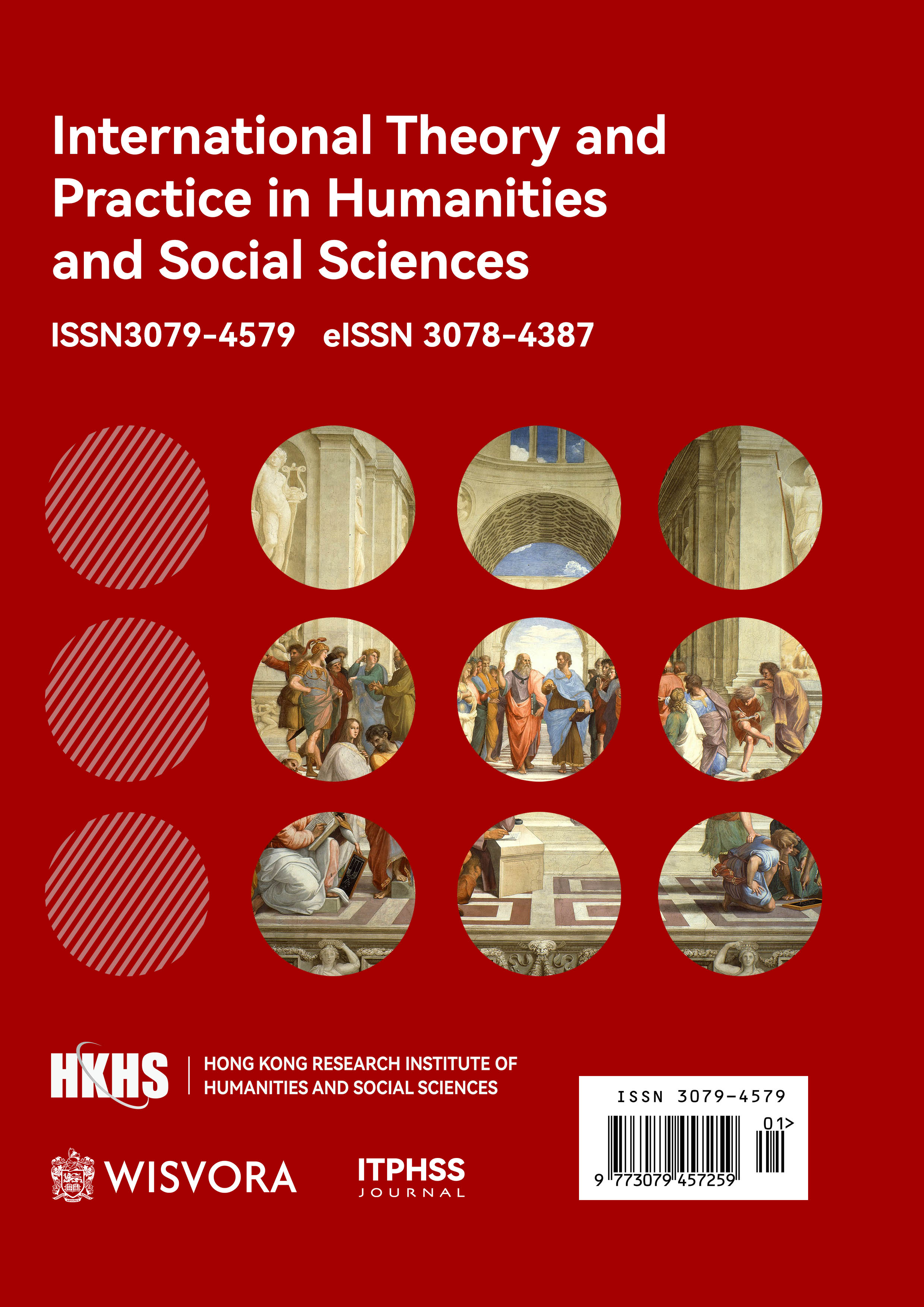Abstract
This study aims to explore the digital dissemination pathways and cultural heritage approaches of Song and Jin Dynasty opera brick carvings in Shanxi. By leveraging theories related to generative digital art, a design model for applying digital generative art to the imagery of Shanxi’s Song and Jin opera brick carvings is constructed. This model serves as a foundation for analysis through historical textual verification, image analysis, and symbolic interpretation methods, ensuring fidelity in restoration. During the composition phase, primary images are selected, thematic symbols are extracted, and visualization tools such as the visual programming software Touch Designer are employed. This approach integrates musical instruments, narration, and textual information to achieve an audiovisual synthesis, presenting the visual effects of generative digital art. The application of digital art expression enables the assimilation and effective utilization of the ideological concepts and artistic symbols embedded in Shanxi's Song and Jin opera brick carving culture. This approach bridges the gap between disseminators and audiences, alleviating ambiguity and resistance in understanding cultural content, fostering new conceptual thinking, and inspiring innovative digital design for Shanxi's Song and Jin opera brick carvings in the context of intelligent interaction.
References
Niu, J. (2015). Research on the images of Song and Jin Dynasty dramas preserved in Shanxi (Doctoral dissertation). Shanxi University.
iao, C. L. (2013). A study on generative art theory (Doctoral dissertation). Wuhan University of Technology.
Ma, L. (2014). The body in digital art works (Doctoral dissertation). Central Academy of Fine Arts.
Bao, X. Y. (2024). Research on the application of traditional New Year painting elements in contemporary design—A case study of the "door gods". Footwear Craft and Design, 4(11), 183-185.
Fu, L. Y. (2023). The collision and integration of digital art and traditional art. Art Education Research, 13, 136-138.
Yan, L. (2024). Research on the development strategy of Zhangzhou folk culture under the perspective of cultural tourism integration. Jiangsu Business Review, 5, 57-62. DOI:10.13395/j.cnki.issn.1009-0061.2024.05.025.
Gao, Y., & Liu, X. (2024). The implications of Kanazawa’s urban landscape construction for urban appearance construction in China. International Urban Planning, 1-17. Retrieved July 6, 2024, from https://doi.org/10.19830/j.upi.2023.111.
Cheng, Y. J. (2013). Research on the art of Song, Liao, and Jin Dynasty music and dance costumes (Doctoral dissertation). Suzhou University.
Zhang, B. B. (2011). Analysis of the artistic features of Song Dynasty drama costumes. Ethnic Art Research, 24(03), 38-44.
Liu, Y. X. (2023). Costume descriptions in literary works and their literary significance. Chemical Fibers and Textile Technology, 52(01), 147-149.
Jin, Y. Z. (2022). Innovative applications of TouchDesigner in digital visual art. Chemical Fibers and Textile Technology, 51(06), 63-65.
Feng, Q., & Huang, T. (2023). Innovative digital design of Cantonese opera based on TouchDesigner visual programming technology. Packaging Engineering, 44(06), 1-11. DOI:10.19554/j.cnki.1001-3563.2023.06.001.
Zeng, Z. Q., & Bi, W. (2024). Research on music visualization, interactivity, and visual design application—A case study of creative programming with TouchDesigner. Art Market, 2, 98-99.
Cao, C. X., & Duan, Y. (2024). The transformation and dilemma of "non-physical cultural relics" immersive digital cultural exhibitions—Based on audience perception analysis of online texts. Southeast Culture, 5, 162-170.
Luo, X. Y., & Shang, S. (2024). Immersion, interaction, and imagination: Analysis of the development practice of ancient books + VR from the perspective of embodied cognition. Publishing and Distribution Research, 6, 54-62. DOI:10.19393/j.cnki.cn11-1537/g2.2024.06.021.
Chen, Y. J. (2023). Application research of TouchDesigner in interactive video installations. Tomorrow Fashion, 16, 173-175.
Jia, L. (2022). Hot terms from the 2022 World 5G Conference: Metaverse, 6G, Industrial Internet. Securities Daily, August 11, 2022 (B02). DOI:10.28096/n.cnki.ncjrb.2022.003246.
Zhang, H. Y., & Xu, G. L. (2024). Embedding and translatability: The cultural practitioners and practices in the modern transformation of traditional handicrafts. Ethnic Arts, 3, 90-100. Retrieved July 6, 2024, from https://doi.org/10.16564/j.cnki.1003-2568.2024.
Jin, J. Q., & Xia, C. J. (2021). Frontiers of digital humanities in visual arts—Image art analysis and computer-generated art. Library Journal, 40(06), 101-109+132. DOI:10.13663/j.cnki.lj.2021.06.014.
Xu, G. J. (2022). Digital dissemination of Shanxi Jinzhong folk house brick carvings. Journal of Heihe University, 13(01), 158-160.
Huang, J. H., & Zou, C. Y. (2024). Path research on the empowerment of rural industry revitalization through digital economy. Southern Agricultural Machinery, 55(13), 123-125+155.

This work is licensed under a Creative Commons Attribution-NonCommercial 4.0 International License.
Copyright (c) 2025 Huimin Zhang (Author); Huiwen Xia, Xiaodan Liu (Co-Authors)

